A Professor’s Guide to Integrating AI in the Classroom: Harnessing the Power of Generative AI in Teaching Writing
In an era defined by rapidly advancing technology, Artificial Intelligence (AI) has become an integral part of various industries and our daily lives. Education is no exception. The integration of AI into the classroom environment, particularly in teaching writing, offers promising prospects. This article aims to shed light on the use of generative AI for teaching writing, emphasize the value of the skill of prompt engineering to the job market, and address concerns about plagiarism associated with the use of AI.
Unveiling the Potential of Generative AI
Generative AI, such as OpenAI’s GPT-4 and Bard, use a machine learning model designed to mimic human language patterns and generate text. They work based on a set of initial instructions or ‘prompts’, formulating content that mirrors human-generated text in complexity and relevance. The applications of this advanced technology in the realm of writing education are boundless.
For starters, educators can employ generative AI to assist students struggling with writer’s block. We’ve all faced the daunting blank page, unsure where to start. In such instances, AI can step in to break the ice. Given a basic prompt, it can generate an array of essay introductions, providing students a springboard for their own writing.
Moreover, generative AI is an exceptional tool for illustrating various writing styles and tones. By tweaking the prompts, you can instruct the AI to emulate the style of different authors, or adapt to a formal or informal tone. This helps students gain a concrete understanding of stylistic variations in writing.
Another potential application lies in teaching argumentation techniques. By setting the right prompt, the AI can generate a piece of persuasive text, demonstrating how to construct logical arguments, present evidence, and effectively sway the reader’s opinion.

Deciphering the Art of Prompt Engineering
The effectiveness of generative AI depends significantly on the skill of ‘prompt engineering’, the ability to devise effective prompts that guide the AI towards generating desired output. It’s an art that demands a deep comprehension of language, context, and the task at hand.
Mastering prompt engineering allows individuals to harness the power of AI effectively. It’s akin to learning a new language, where AI is the conversational partner. The better one becomes at conversing (or in this case, setting prompts), the more refined and suitable the AI’s responses (or outputs) become.
This ability to command AI is becoming a highly sought-after skill in the job market. From digital marketing agencies that require AI-generated content to meet their massive content needs, to AI research firms looking for ways to train and improve AI models, the opportunities are burgeoning.
By incorporating AI into the writing curriculum, educators can help students acquire this in-demand skill. Students can practice and refine their prompt engineering abilities, apply critical thinking to analyze and refine the AI outputs, and explore creative avenues that AI opens up.
Debunking the Plagiarism Myth
One common apprehension when using AI for writing is the fear of plagiarism. But here’s the critical clarification – using generative AI for writing is not plagiarism. AI is merely a tool, not unlike a dictionary or thesaurus. When a student employs AI to generate content, they are the ones shaping the input and selecting what part of the output to use.
Plagiarism involves presenting someone else’s work as one’s own. However, in the case of AI, the generated content is a result of the student’s input and the AI’s processing. It’s a collaboration, with the student at the helm.
What’s more, integrating AI into writing education can actually fortify the understanding of plagiarism and academic integrity. As students engage with AI, they’ll need to actively decide how to use the AI’s output, whether to modify it, or how to integrate it into their work. This necessitates a deep understanding of what constitutes original work, especially in the context of AI collaboration.
Final Thoughts
Embracing generative AI in the classroom, particularly for teaching writing, holds the potential to revolutionize traditional writing pedagogy. It offers a dynamic, interactive way to learn and practice writing, encourages creative expression, and equips students with a valuable skill set for the evolving job market.
As educators, it is incumbent upon us to explore and leverage this technology, paving the way for innovative, inclusive, and futuristic education. With a thoughtful approach, we can guide our students as they navigate and harness AI’s capabilities, reshaping how they write, think, and learn.






